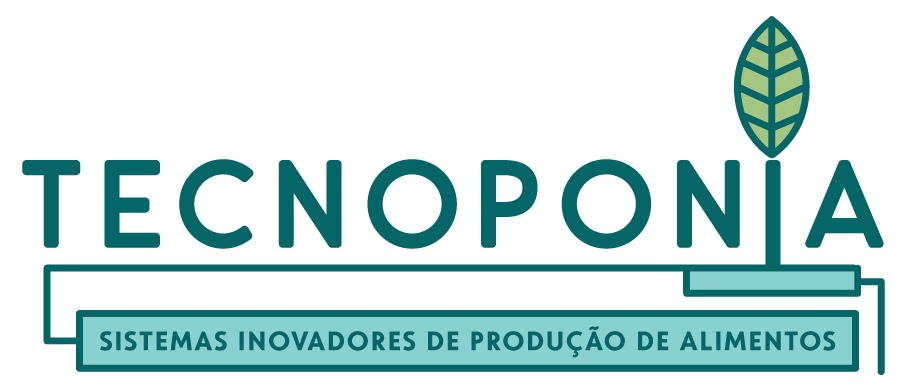Quais as vantagens do cultivo sem solo?
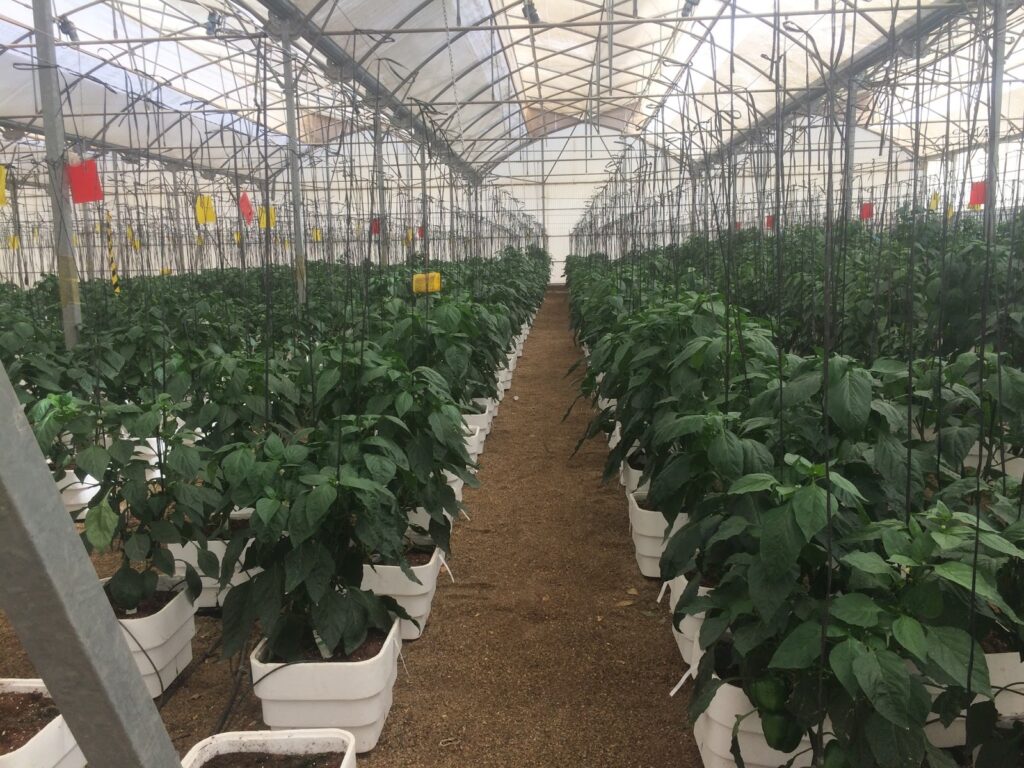
A hidroponia NFT, conhecida popularmente como cultivo “na água”, é sem dúvida a forma mais conhecida de cultivo sem solo, mas não é a única. Cultivo em substrato, plantio em fibra de coco no vaso, plantio na areia, cultivo em slabs ou travesseiros, floating, aeroponia, são todos diferentes tipos de cultivo sem solo. O que […]
A agricultura brasileira pede uma revolução do efeito estufa
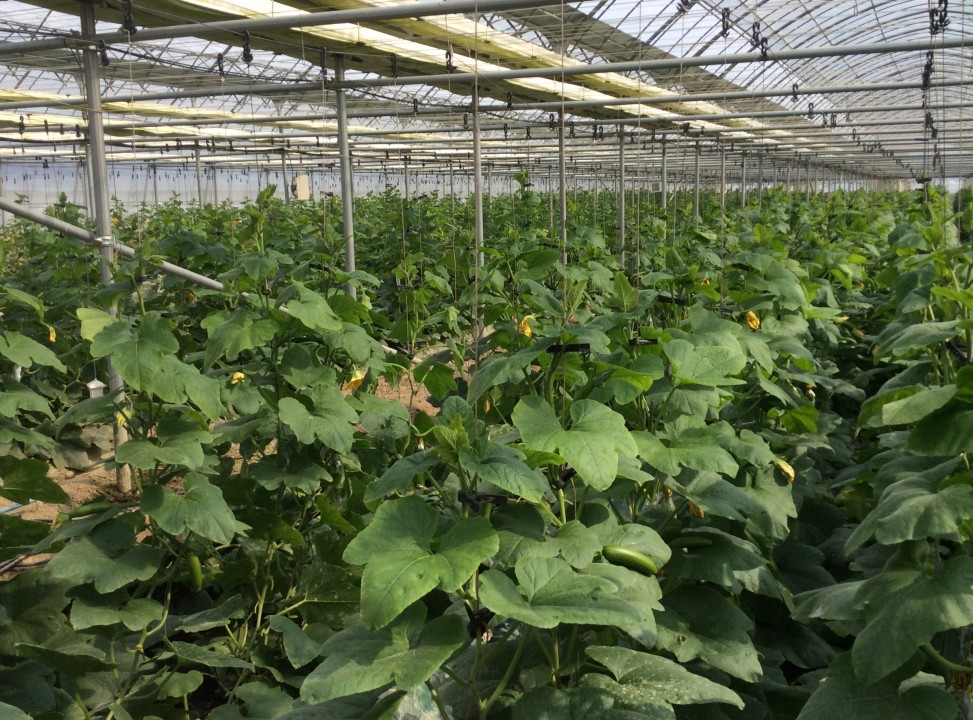
Historicamente, o consumo de hortaliças no Brasil permaneceu baixo, apesar do país ser reconhecido internacionalmente como uma superpotência agrícola. As razões para este aparente paradoxo são diversas e relativamente difíceis de resolver. Existem razões culturais, mas é geralmente aceito que o alto custo dos vegetais é uma das principais causas do baixo consumo. A população brasileira já ultrapassou […]
O que é hidroponia?
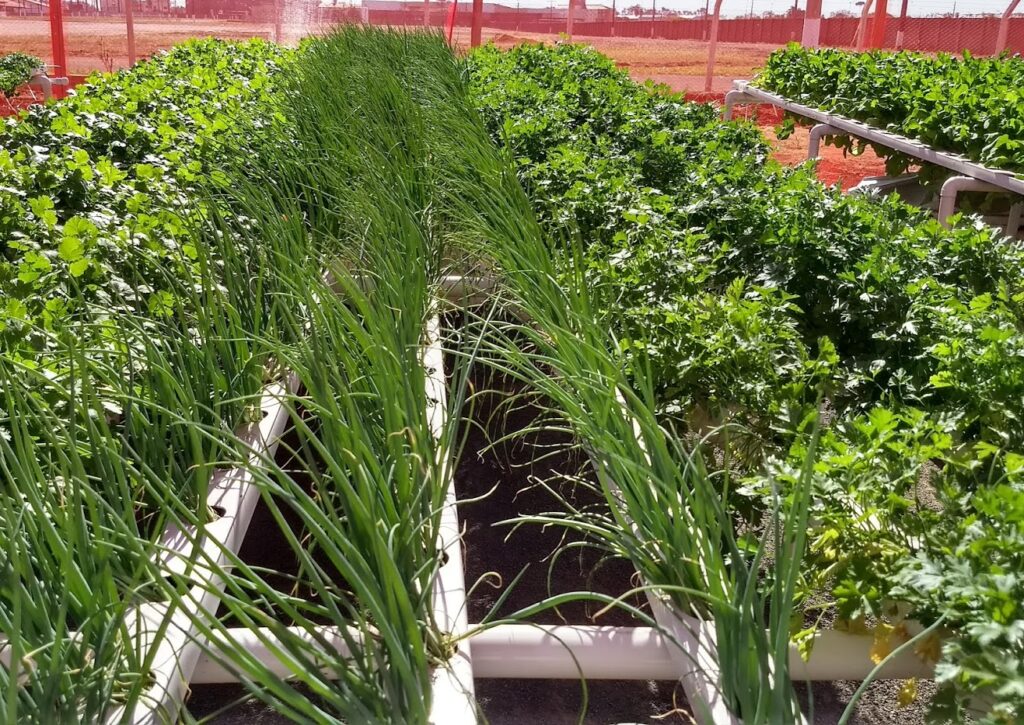
Hidroponia é o cultivo de plantas sem solo em que os nutrientes minerais essenciais às plantas são fornecidos por meio de uma solução nutritiva, com ou sem substrato. Os substratos, quando usados, devem ser inertes ou quimicamente pouco ativos, orgânicos ou inorgânicos, como areia, perlita, vermiculita, turfa, fibra de coco, casca de pinus, entre outros. […]
Hidropônico, Protegido e Controlado: tecnopônico
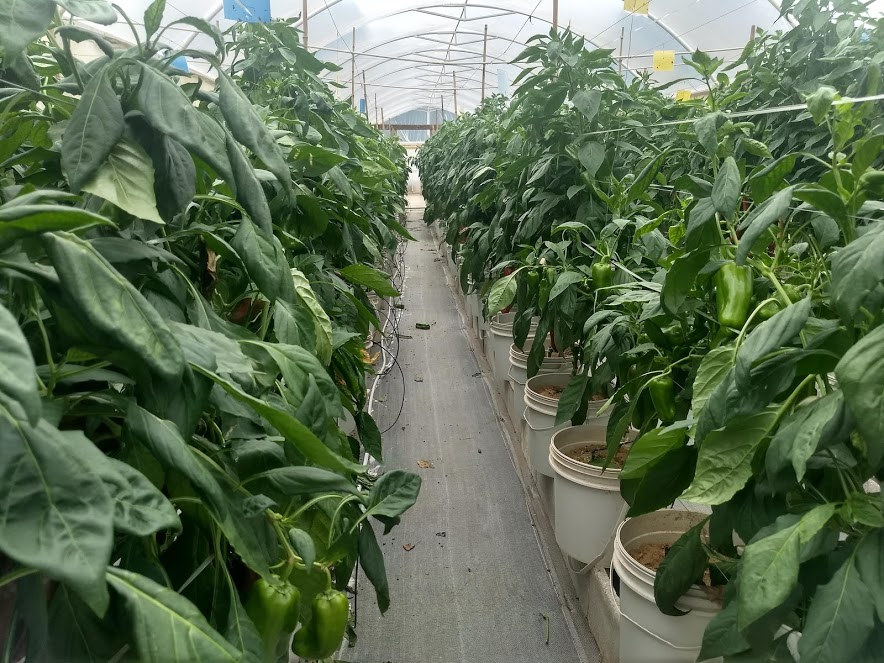
A palavra agricultura significa quase literalmente “cultivo no campo”. Pergunto-me se as novas formas de produção de alimentos, fibras e combustíveis realizadas em pequenas áreas, em ambientes fechados, controlando-se todas as variáveis ambientais e usando técnicas hidropônicas e aeropônicas ainda podem ser chamadas de “agricultura”. A própria expressão “agricultura urbana” é um contrasenso – cultivo […]
A explosão da agricultura indoors
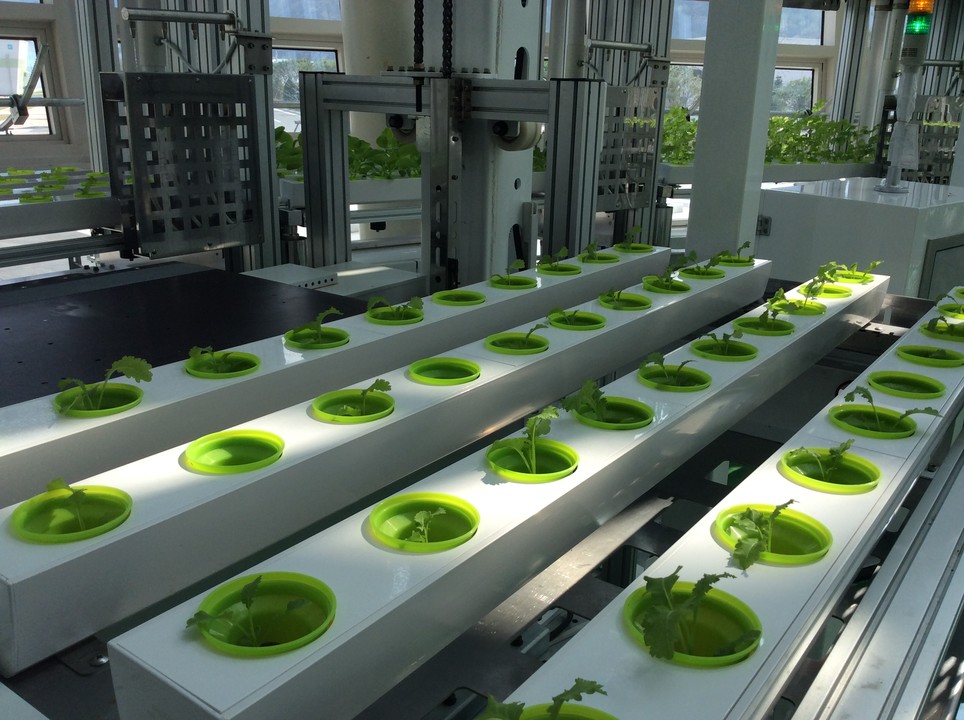
Não sei se é a tendência do “faça você mesmo”, a possibilidade de se utilizar tecnologia de ponta para produzir alimentos em pequeníssimas áreas e ganhar dinheiro com isso ou a perspectiva de se combinar as duas coisas e fazer agricultura do futuro no ambiente urbano. Não sei se é a pura novidade. O que sei é […]
Hidroponia: de metodologia de pesquisa a sistema de produção
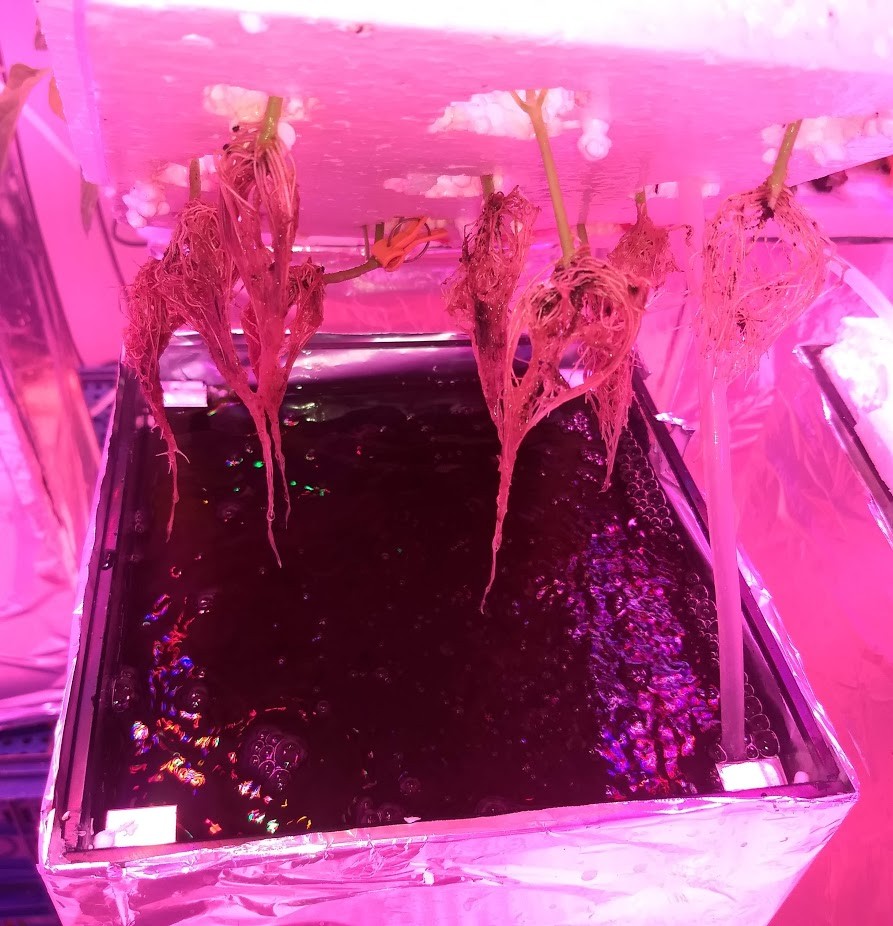
Não é incomum o aprimoramento de sistemas de cultivo a partir de resultados de pesquisa – essa talvez tenha sido a grande contribuição das Ciências Agrárias brasileiras à agricultura tropical. Tampouco é raro que o estudo científico de sistemas de cultivo desvende mecanismos subjacentes que permitam avanços no conhecimento e mesmo a proposição de novas […]
Cultivos sem solo – agricultura para onde não se faz agricultura
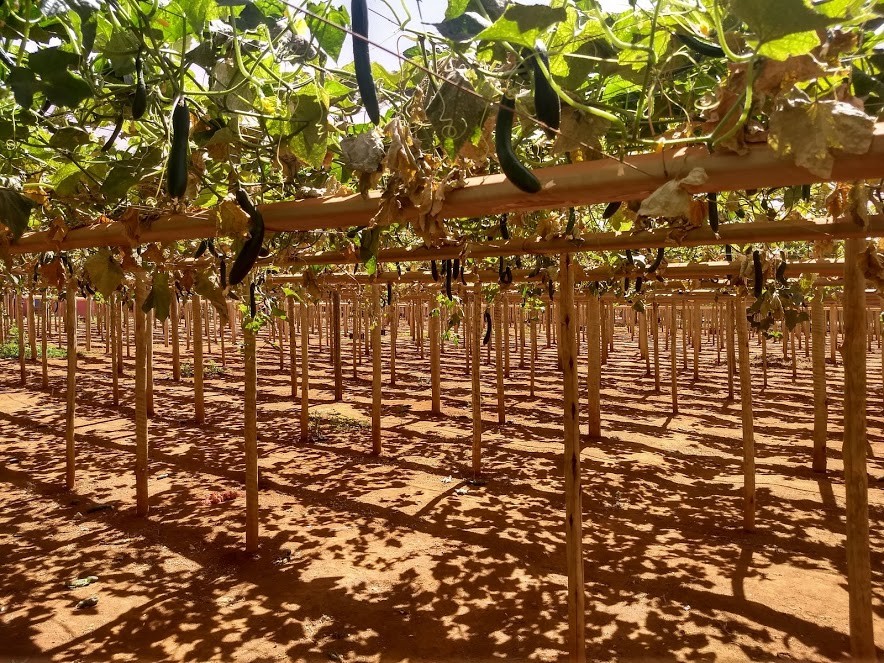
O cultivo de hortaliças se diferencia de outras formas de cultivo de espécies alimentares por duas razões principais – a grande importância dada ao aspecto visual da produção e as grandes produtividades físicas alcançadas. Enquanto uma gramínea de alta produtividade como o milho tem atingido produtividades de 15 toneladas por hectare, não é incomum que […]
Por que agricultura em ambiente protegido no Brasil?
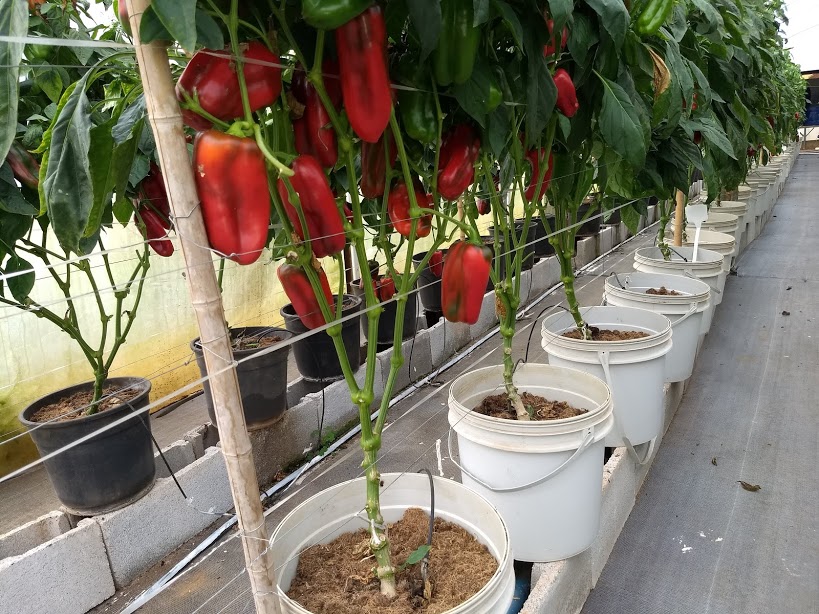
Crescemos acostumados a ouvir que a vocação agrícola do Brasil se deve majoritariamente à abundância de terra e ao clima tropical propício a uma agricultura altamente produtiva. Apesar da pressão da expansão urbana e das mudanças climáticas, há muita verdade naquela afirmação. O fato de o Brasil ser hoje considerado uma superpotência agrícola produtora de […]
